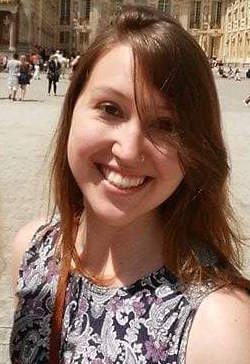University Circle looks to strengthen alternative transportation routes with Cleveland Heights
January 23, 2014
With at least 3,300 people traveling from Cleveland Heights to their jobs in University Circle every day, University Circle Inc. and the city of Cleveland Heights are taking a look at strengthening bike routes and bus transportation between the two.
The goal is to change the current behavior of commuters to one that is more sustainable. Research has produced conceptual plans of how biking for the area can be improved by constructing safer and more efficient bike paths. Some suggestions for this include creating buffered bike paths along the side of the road and widening the sidewalk so that both walkers and bikers can use them. The more simple ideas are low cost, but as more complicated ideas (such as redesigning an intersection) are proposed, the price naturally increases.
Research sponsored by University Circle and Cleveland Heights has also discovered a transportation gap between University Circle and Cleveland, East Cleveland, Shaker Heights and Cleveland Heights. Focusing on the gap between Cleveland Heights and University Circle, a shuttle between the two areas has been suggested, as well as improvements to the bus system that would entice commuters to use the public transit system. One such improvement would be giving real-time notification of bus arrival times.
Unreliable bus times are not the only improvement that the two groups are working on to appeal to commuters. Many of the work places in University Circle provided subsidized parking for their employees. In cooperation with University Circle and in order to decrease their own carbon footprint, such businesses are looking at helping to pay for a jointly subsidized transit service. Some already provide incentives to their employees to walk and bike to work.
Potential funding partners for the estimated $1.6 million a year transportation system include Cleveland Heights, Case Western Reserve University, Cleveland Clinic, University Hospitals and the Regional Transit Authority.


